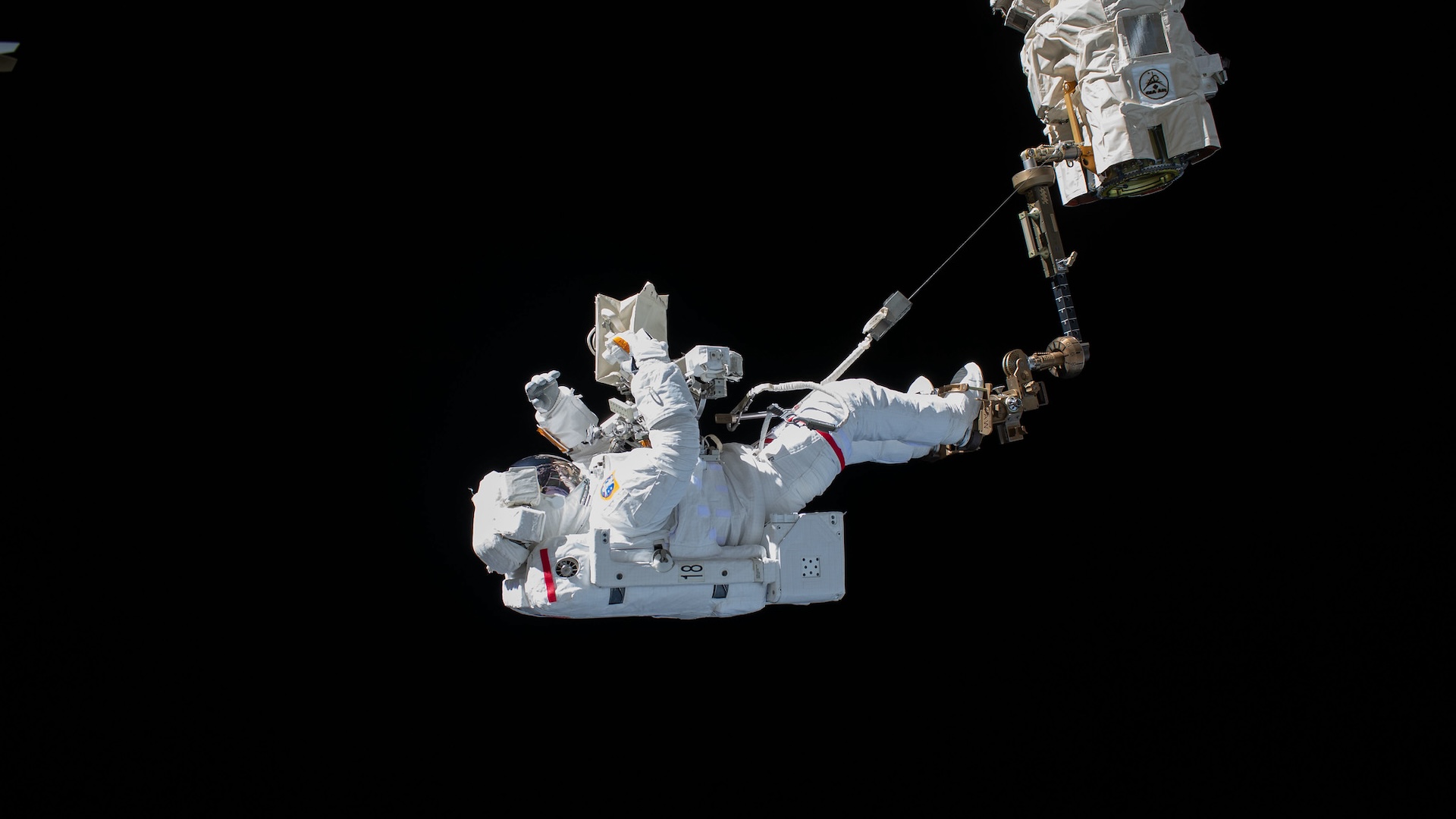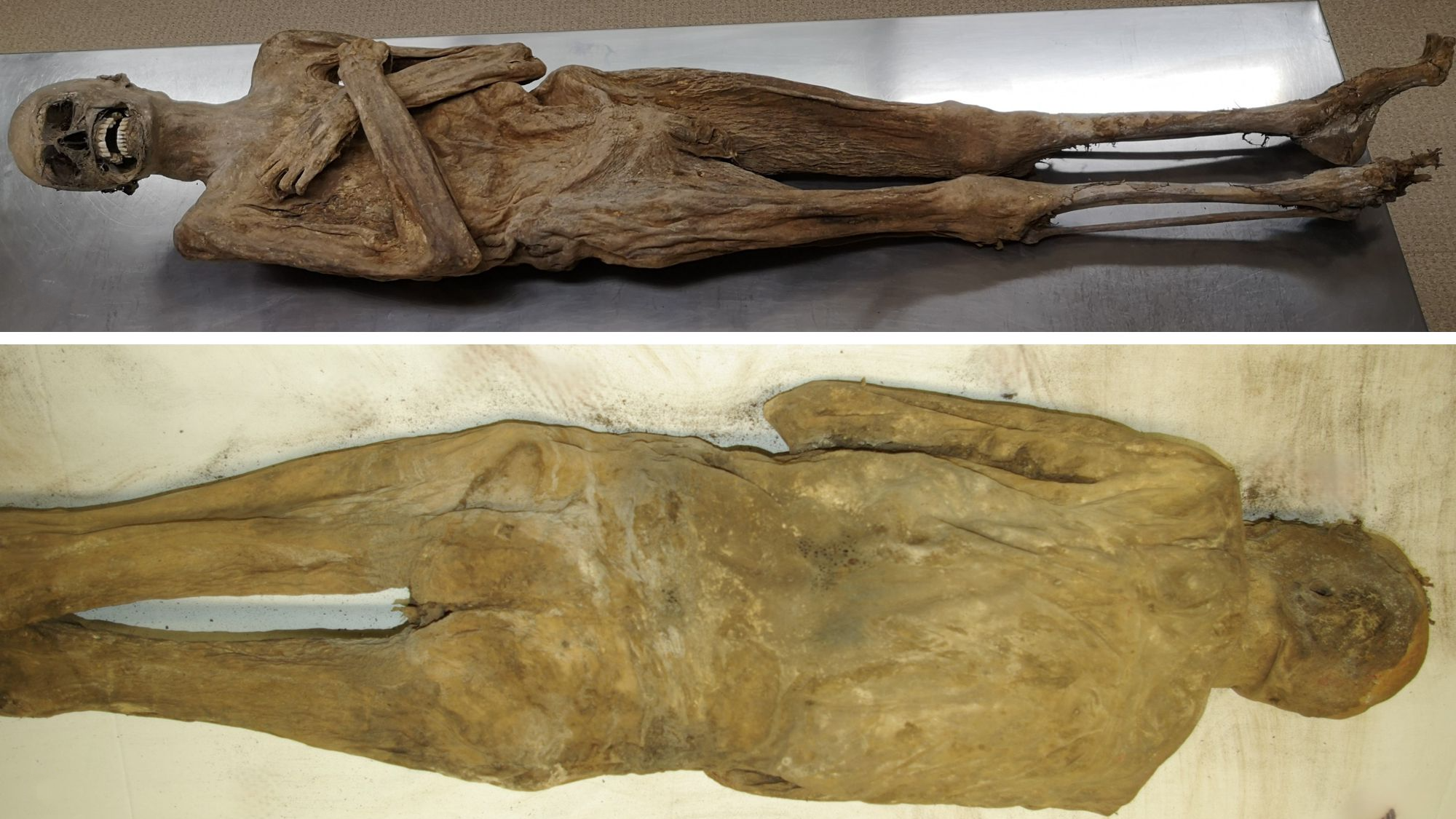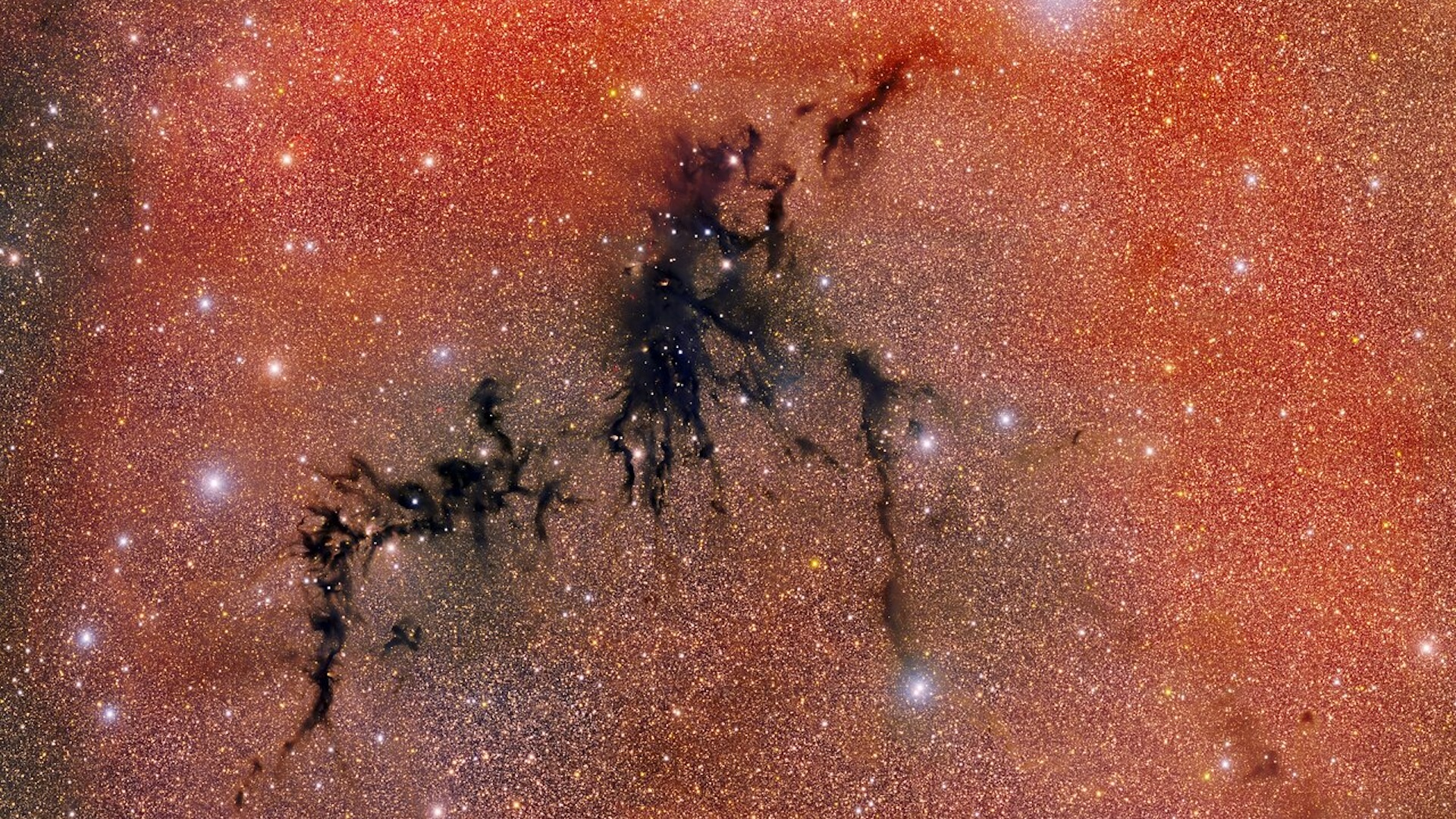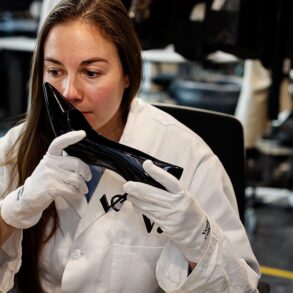An international blackout across Spain, Portugal and the south of France left millions without electricity early this week, with experts still unsure what caused the outage.
Portugal’s national electricity network initially blamed the event of a rare atmospheric phenomenon known as an “induced atmospheric vibration,” although they later refuted this explanation.
Induced atmospheric vibrations are unusual oscillations in high voltage power lines that occur when an area experiences extreme changes in temperature. While it has not been confirmed whether this particular outage was caused by such an event, experts have warned that the extreme temperature fluctuations that cause this phenomenon are expected to become more common due to climate change, posing a significant threat to electricity networks worldwide.
However, this week’s science news also brought positive updates for global energy production after scientists in China unveiled a new approach to safer nuclear energy using an old, abandoned U.S. technology.
Dinosaur handbags

Could dinosaur leather be the next big thing in fashion? This week, three companies working across fashion and biotechnology announced plans to create luxury accessories out of Tyrannosaurus rex “leather,” made in a lab using fossilized T. rex collagen and synthetically produced cells. The companies argue that their product would offer a “cruelty-free” and “eco-friendly” alternative to traditional leather, but not everyone is convinced by this proposal.
While it is rare to find soft tissues in the fossil record, dinosaur collagen—a key structural protein found in many connective tissues, including skin—has been found in a small number of fossilized bones. However, these proteins are fragmented, meaning our understanding of T. rex collagen is incomplete.
Live Science spoke to experts to hear their thoughts on this Cretaceous twist in luxury goods.
Discover more extinct animal news
—How related are dire wolves and gray wolves? The answer might surprise you.
—What was the fastest dinosaur?
—Dinosaurs might still roam Earth if it weren’t for the asteroid, study suggests
Life’s little mysteries




When you think of astronauts, you might envision them floating weightlessly in zero gravity, but it’s easy to overlook the smaller impacts of microgravity. In fact, gravity plays an important role in our body’s functioning.
Unlike vomiting, which uses the muscles of the digestive tract to force food back up into our mouths, the mechanics of burping rely almost entirely on gravity. Gravity helps separate gases from the solids and liquids in our stomachs and then allows it to float to the top. But what happens to the digestive system when astronauts have to burp in space?
18th-century mummification




When we think of mummies, most of us will picture the dried out, bandaged bodies of the ancient Egyptians. More modern methods of body preservation such as embalming share similarities with these ancient practices. Embalmers have developed a number of unusual techniques for body preservation over the years, but few compare to those used on an 18th-century Austrian vicar.
The monk, named Franz Xaver Sidler von Rosenegg, died in 1746 and his remains were preserved in a church in the small village of Blasenstein. His body has been credited with various healing miracles over the years and the remains are known locally as the “air-dried chaplain.” For decades, his cause of death has remained a mystery, but a recent analysis determined that the vicar died from tuberculosis.
This analysis solved one mystery, but it also raised many questions after the team discovered that the corpse’s anus had been stuffed full of wood chips and fabric, a previously undocumented embalming method missing from historical records.
Discover more archaeology news
—2,300-year-old sword with swastikas unearthed at necropolis in France
—18 stab wounds to 3,700-year-old skull reveal fierce feuding in ancient China
Also in science news this week
—‘Annoying’ version of ChatGPT pulled after chatbot wouldn’t stop flattering users
—Vesta, the 2nd-largest asteroid in the solar system, may be a piece of a lost planet
—‘Groundbreaking’ ancient DNA research confirms Pueblo peoples’ ties to famous Chaco Canyon site
—Mystery of Bolivian ‘zombie’ volcano finally solved
Science Spotlight




In 1972, the U.S.S.R launched a space probe called Kosmos 482 as part of a program to learn more about Venus’ hellish surface. However, a malfunction in the upper stage of its rocket booster left the craft without the required velocity to reach our cosmic neighbor. Instead, Komos got stuck in an elliptical orbit around our home planet.
Now, new analysis shows that the descent module of the failed spacecraft is due for a fiery return back to Earth — and it should arrive some time in the next two weeks. Considering that the lander was designed to survive a descent through Venus’ hostile atmosphere, it’s possible that it will fall back to Earth intact.
The 1,091 pound (495 kilograms) lander is estimated to fall at a speed of 150 mph (242 km/h), and no one knows for sure where it will land. One possibility is that it could descend on a populated area, where it could do harm.
“The risks involved are not particularly high, but not zero,” Marco Langbroek, a lecturer in space situational awareness at Delft Technical University in the Netherlands who discovered the lander’s impending return, wrote in a blog post.
Something for the weekend
If you’re looking for something a little longer to read over the weekend, here are some of the best long reads, book excerpts and interviews published this week.
Science in pictures




A battle is raging in the constellation Circinus, about 2,500 light-years away from our planet. At the center of the constellation is an ominous black cloud called Circinus West. It is known as a “dark nebula” because it is so dense that no light can penetrate it.
The cloud itself is made of star-forming gas, meaning its darkness cannot last forever. The gas routinely collapses into newborn stars, creating an active stellar nursery which can be seen as pinpricks of light bursting through the shadow that surrounds them.
Want more science news? Follow our Live Science WhatsApp Channel for the latest discoveries as they happen. It’s the best way to get our expert reporting on the go, but if you don’t use WhatsApp, we’re also on Facebook, X (formerly Twitter), Flipboard, Instagram, TikTok, Bluesky and LinkedIn.
This post was originally published on this site be sure to check out more of their content.



































